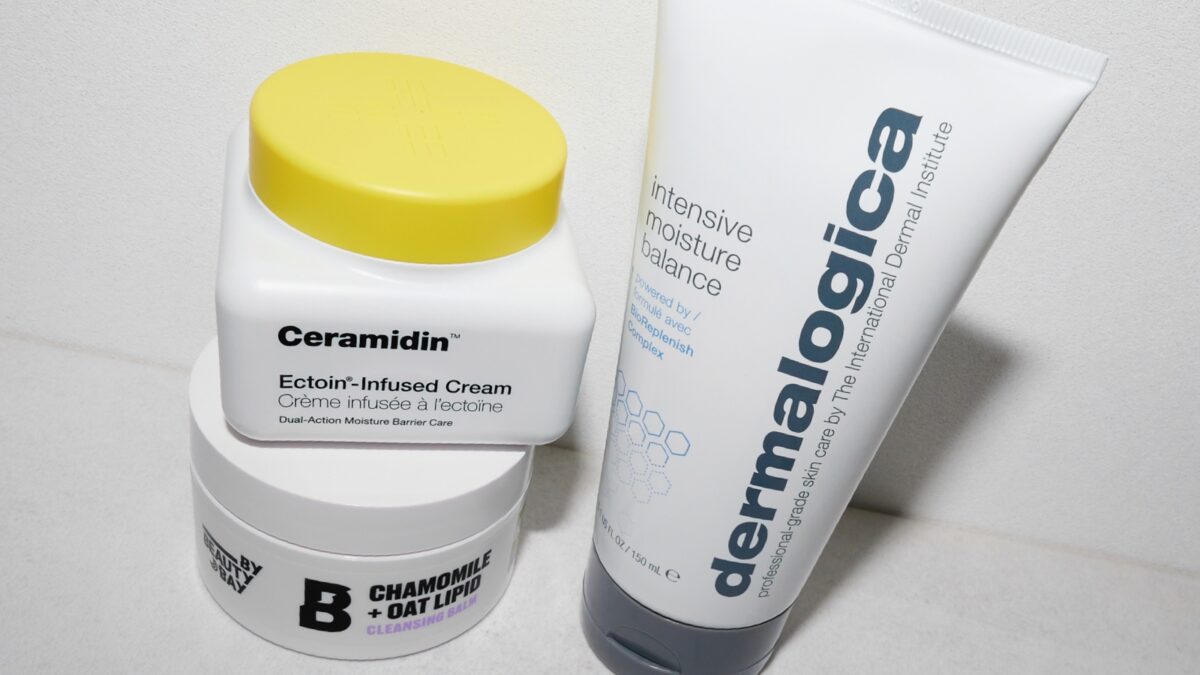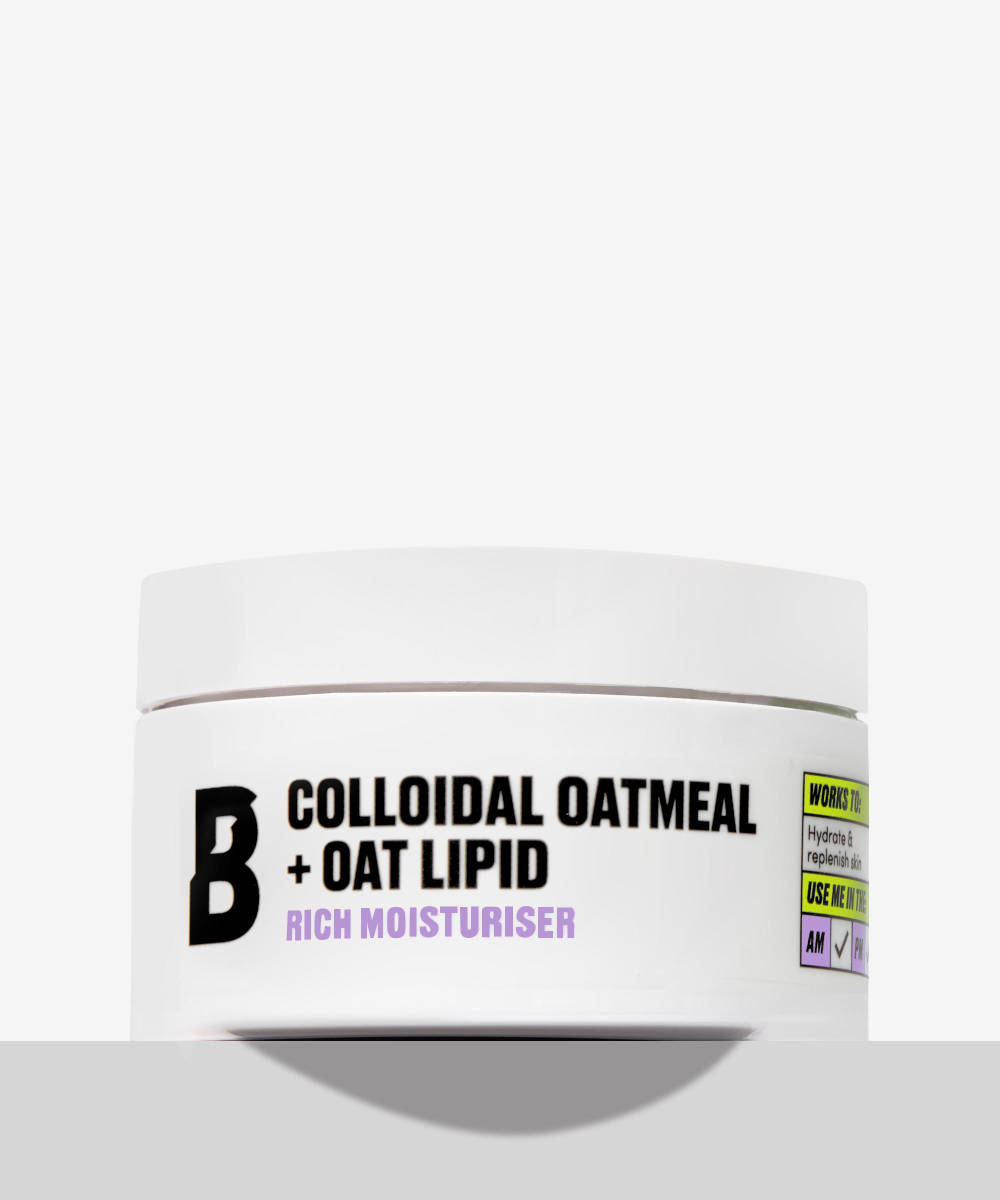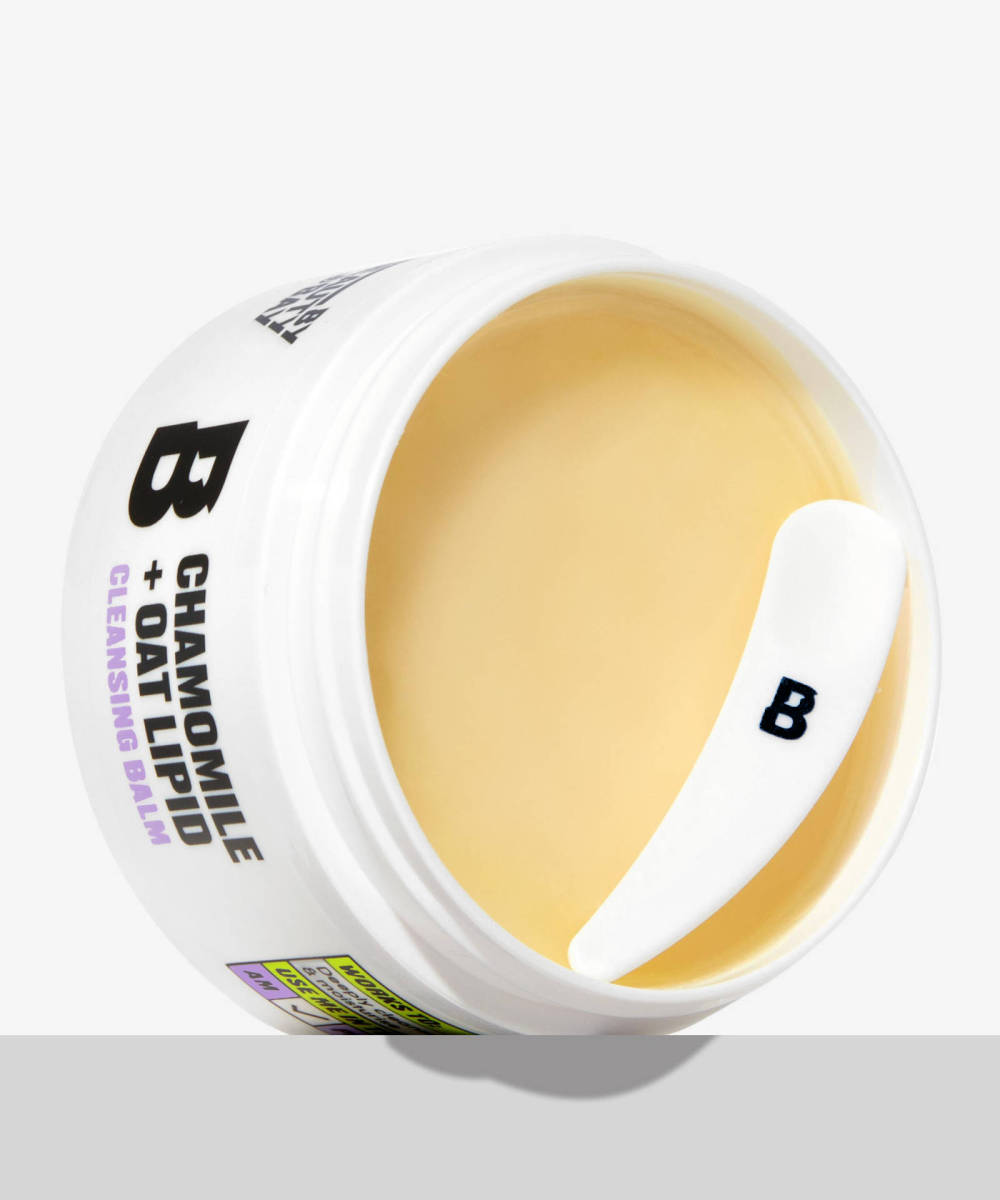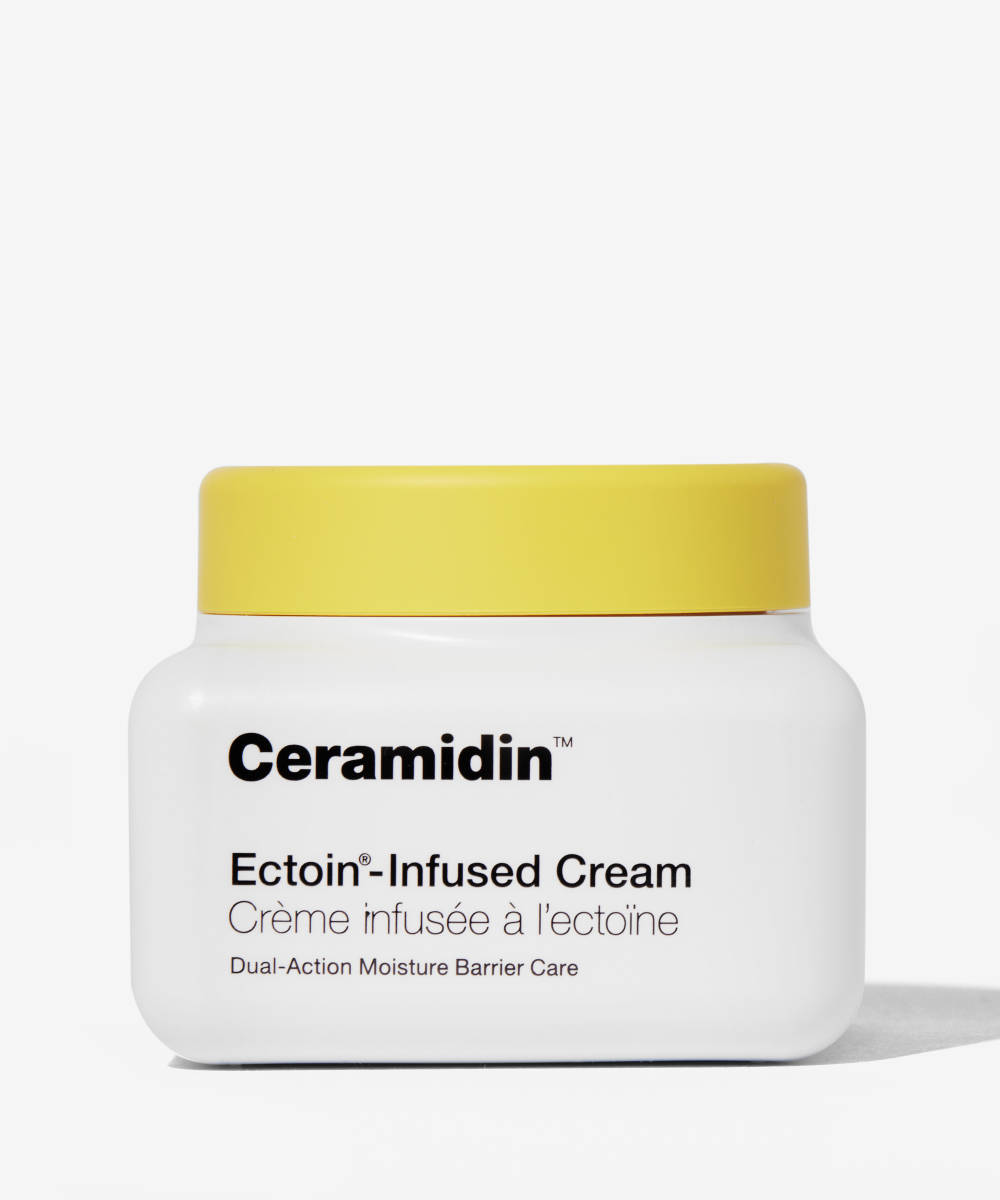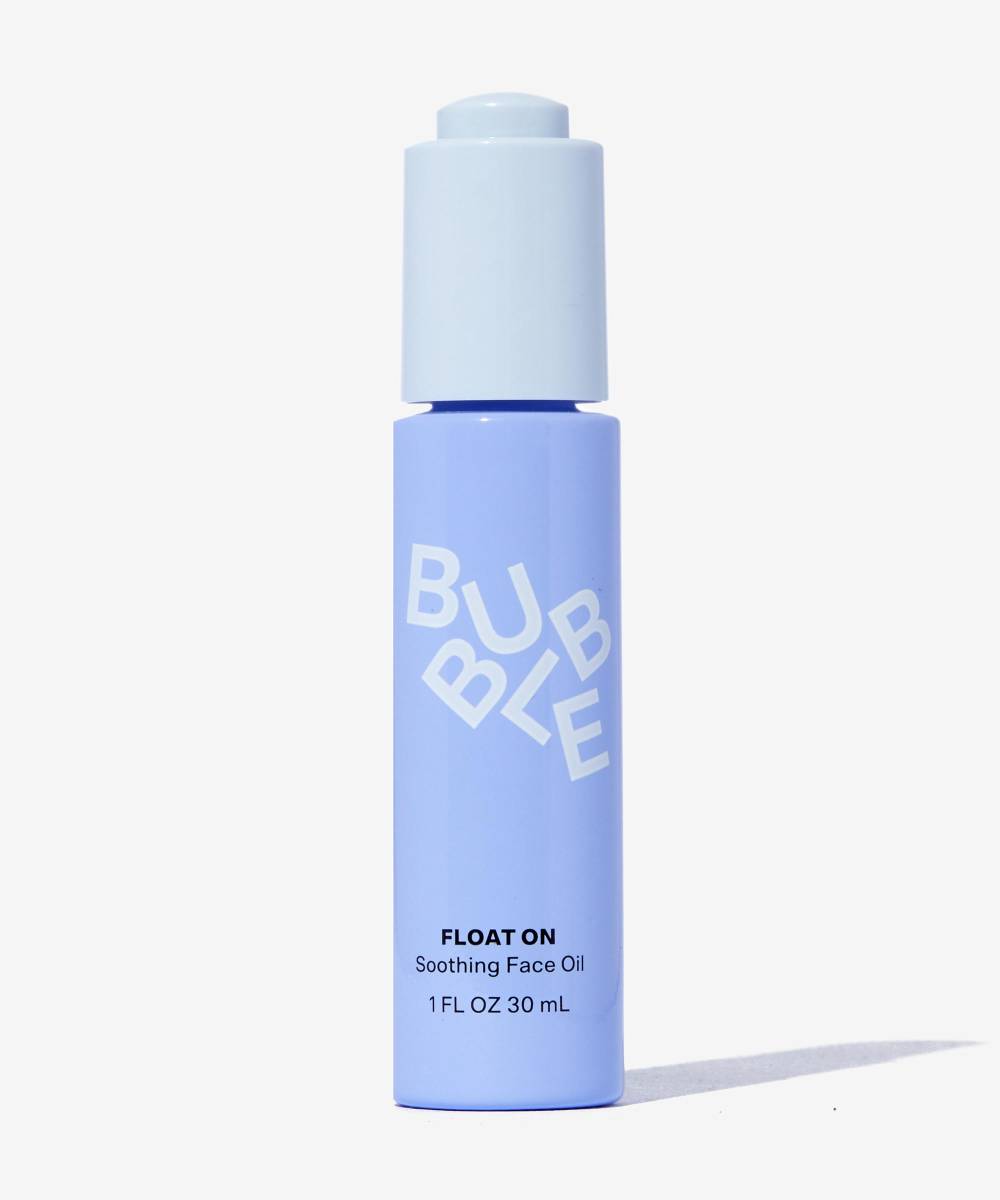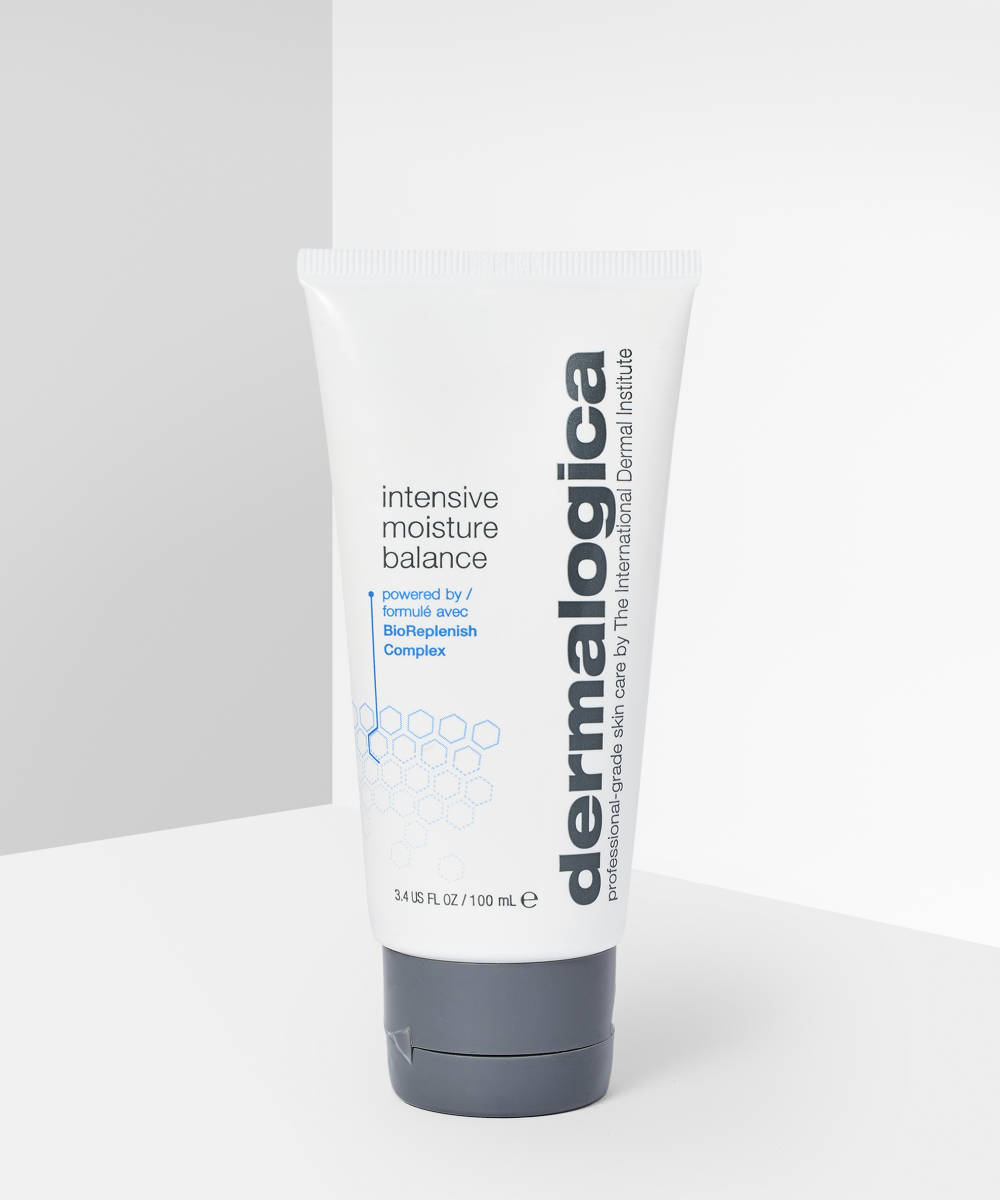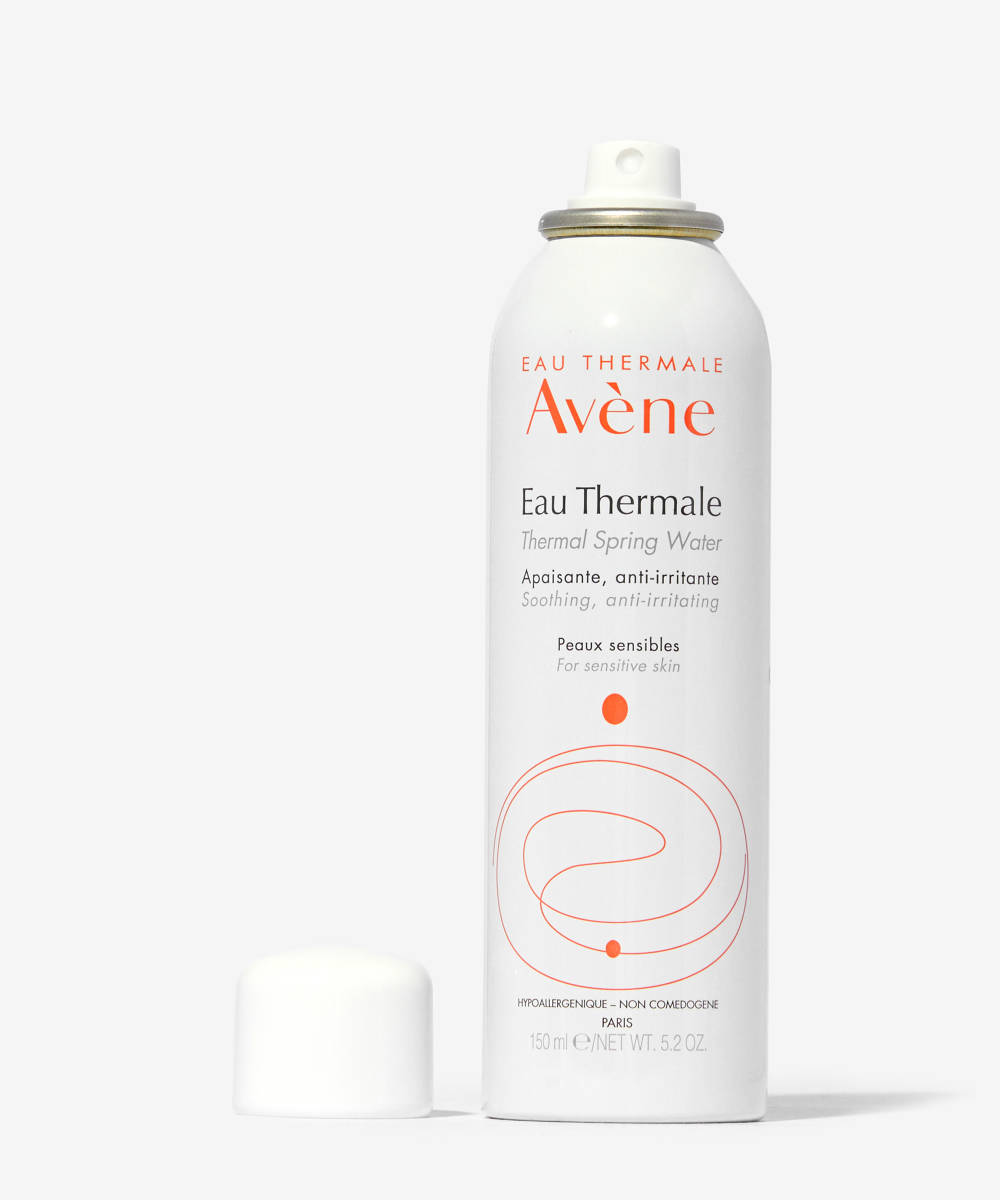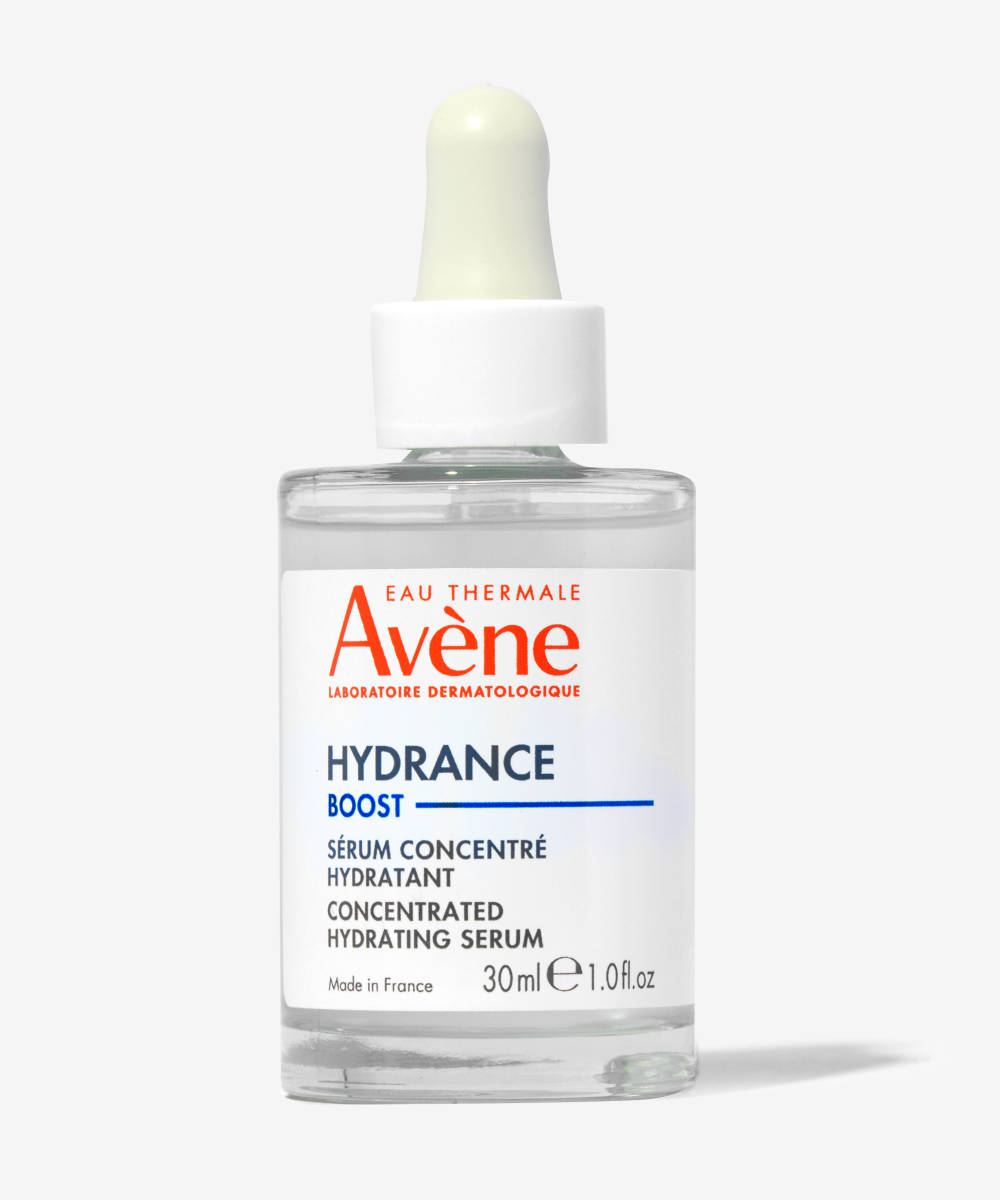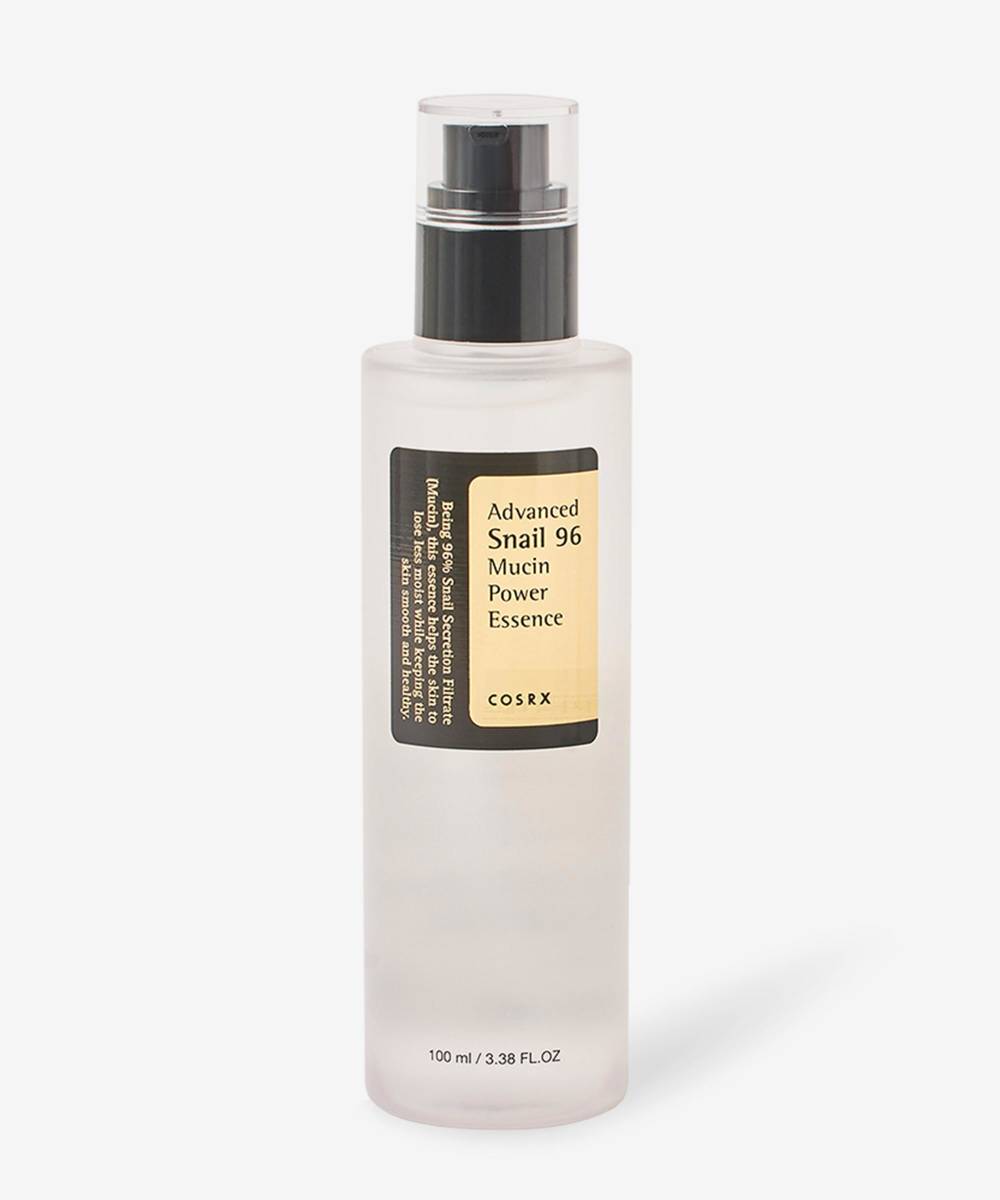Do you experience dry skin? Curious about what triggers rough patches and how to prevent that tight, stretched feeling? Dry skin is a common beauty concern that we all experience to some extent in our lives – some worse than others. From what causes dry skin to which products and ingredients will help you fix it, we’ve answered your most pressing dry skin-related questions.
What is dry skin?
Dry skin can easily develop at any time and can be uncomfortable and frustrating, but it’s also usually temporary and can be easy to fix with the right products. Common symptoms can include a tight feeling in skin, rough texture, itching, flaking or peeling, fine lines and cracks, and redness.
What does dry skin look like?
If skin appears to be peeling, is very red, or has a visibly rough texture then it’s likely that it’s dry. However dry skin isn’t always initially visible to the naked eye – if your skin feels tight or rough then those are the early warning signs that it’s dry.
What causes dry skin?
Some people have naturally dry skin or skin that’s easily prone to dryness, but there are a number of factors that can also trigger dry skin, even in those who’ve never experienced it before. Common triggers include exposure to dry weather conditions, hot water, and certain ingredients in your skin that can cause your skin to dry out (e.g. alcohol). Dry skin is more common during colder months when humidity levels are low and harsh winds and central heating can exacerbate dryness. It’s also more common in older people – as we age our skin produces less oil, collagen, and hyaluronic acid (ingredients that keep skin hydrated).
How do I get rid of dry skin?
Firstly, you need to get moisture back into the skin – hydrating serums with ingredients like hyaluronic acid and vitamin E will help with this.
Secondly, it’s important to moisturise skin with a thick cream or oil – this creates a seal over your skin that prevents the moisture from escaping.
If you have stubborn patches of rough skin, you’ll need to exfoliate them to help smooth the texture – use a gentle scrub or AHA toner (with glycolic acid) once or twice a week to buff away the roughness.
To prevent dry skin from returning ot getting worse, stop using foaming cleansers, soaps, and products with alcohol listed in the ingredients.
What does dry skin need?
Dry skin needs moisture. Make sure that all the products you’re using are also going to hydrate your skin – even cleansers and toners. Look out for hydrating ingredients like hyaluronic acid, vitamin E, moringa oil, rosehip oil, and cactus seed oil, and choose products with claims to ‘nourish’ and ‘replenish’ skin.
Can dry skin cause acne?
Yes. If your skin is dry then its barrier is compromised, which means that bacteria can easily get in and cause breakouts. Plus, damaged skin isn’t strong or healthy enough to be able to fight the bacteria or heal the breakouts, so this can lead to some pretty nasty acne flare-ups. It can be easy to think that you have to dry out blemishes to get rid of them, but in fact it’s all the more important to keep your skin hydrated. Hydrated skin is healthy skin and healthy skin can keep the acne at bay.
Why do I get dry skin around my eyes?
The skin around our eyes is the thinnest and most delicate skin on our face. This means it’s most prone to dryness so it’s often the first area to get sore and flaky, as well as the first area to start showing fine lines as we age and our natural moisture levels decrease. It’s important to use an eye cream or serum to keep this skin hydrated.
How do I moisturise dry skin?
It’s all about choosing the right products and layering them properly. Use a cream, oil, or balm cleanser to cleanse with. Then apply a face mist, a hydrating serum, a water-based moisturiser, and a face oil. Apply them in that order every morning and night to increase moisture levels and prevent moisture from escaping. You can even layer the face mist in between the other products to maximise their benefits. If dry skin perseveres, invest in sheet masks and overnight moisture masks and use these 2-3 times a week.
What is the best ingredient for dry skin?
There are loads of great hydrating ingredients that will help to hydrate dry skin, but one of the best is hyaluronic acid – each molecule of this ingredient can hold 1000 times its weight in water. The best way to use hyaluronic acid is to apply it to skin after cleansing and to immediately apply serums and creams on top – it helps to draw moisture into the skin so it will maximise the benefits of any products applied over it.
How do I apply makeup to dry skin?
Ask any makeup artist what the most important step in a makeup routine is and they’ll tell you it’s all about the skincare. This is never truer than when it comes to dry skin. Make sure your skin is well hydrated with serums and moisturisers before you even start on your base. You’ll want to use light-textured base products like this that won’t emphasise dry skin, and likewise cream or liquid blushers, highlighters, and bronzers, instead of powder versions. Apply your makeup with a beautyblender for a smooth finish and set your makeup with a dewy setting spray to prevent it from settling into fine lines and flaky patches.
